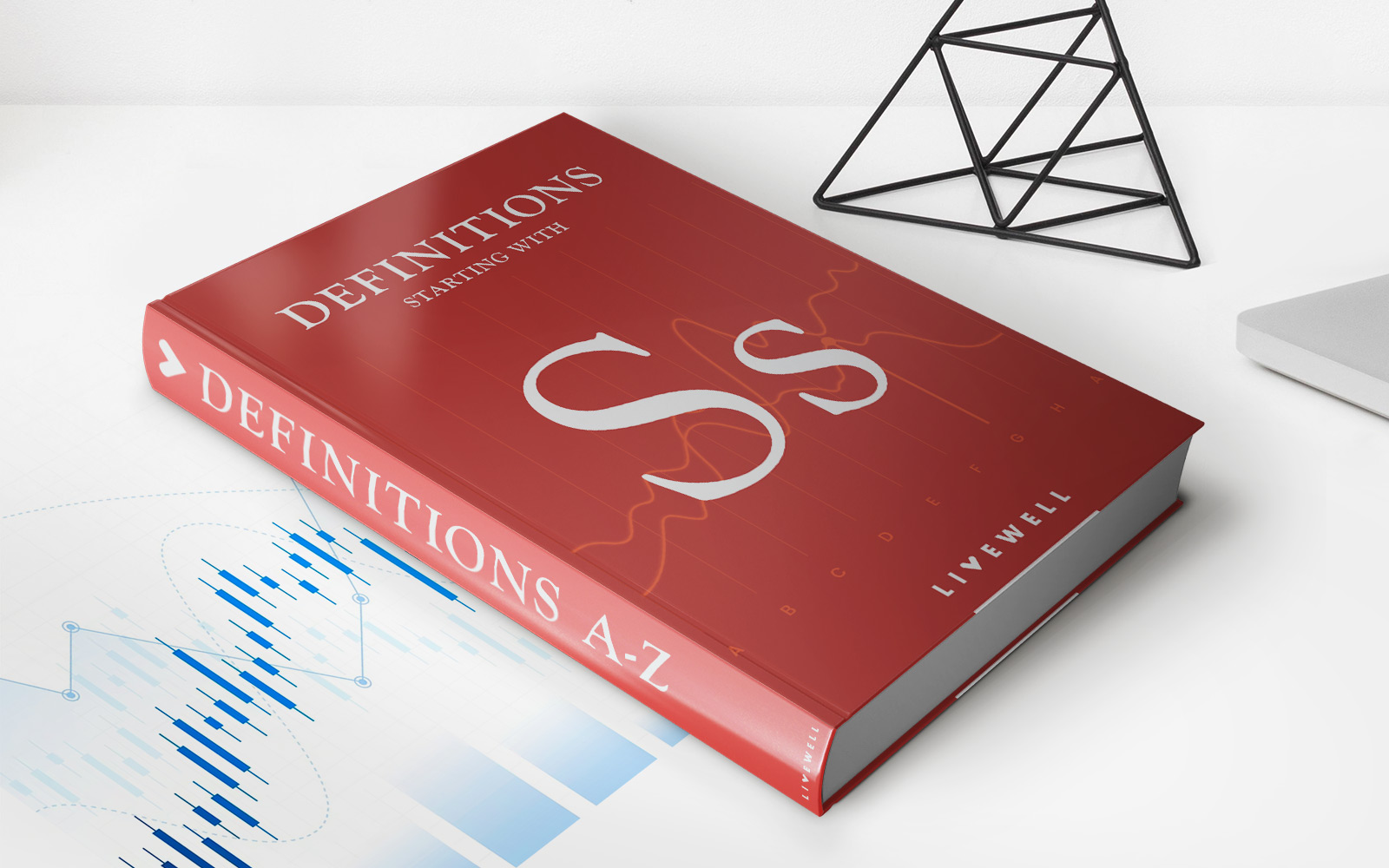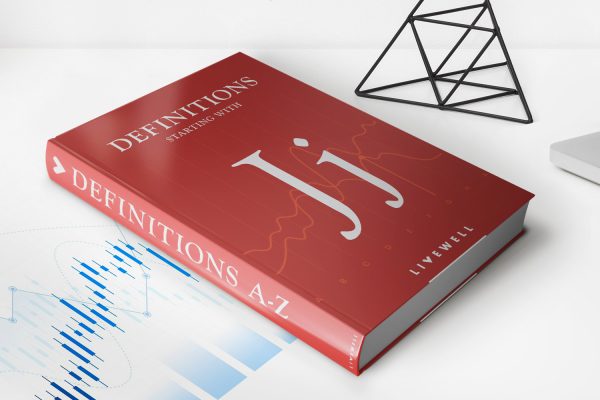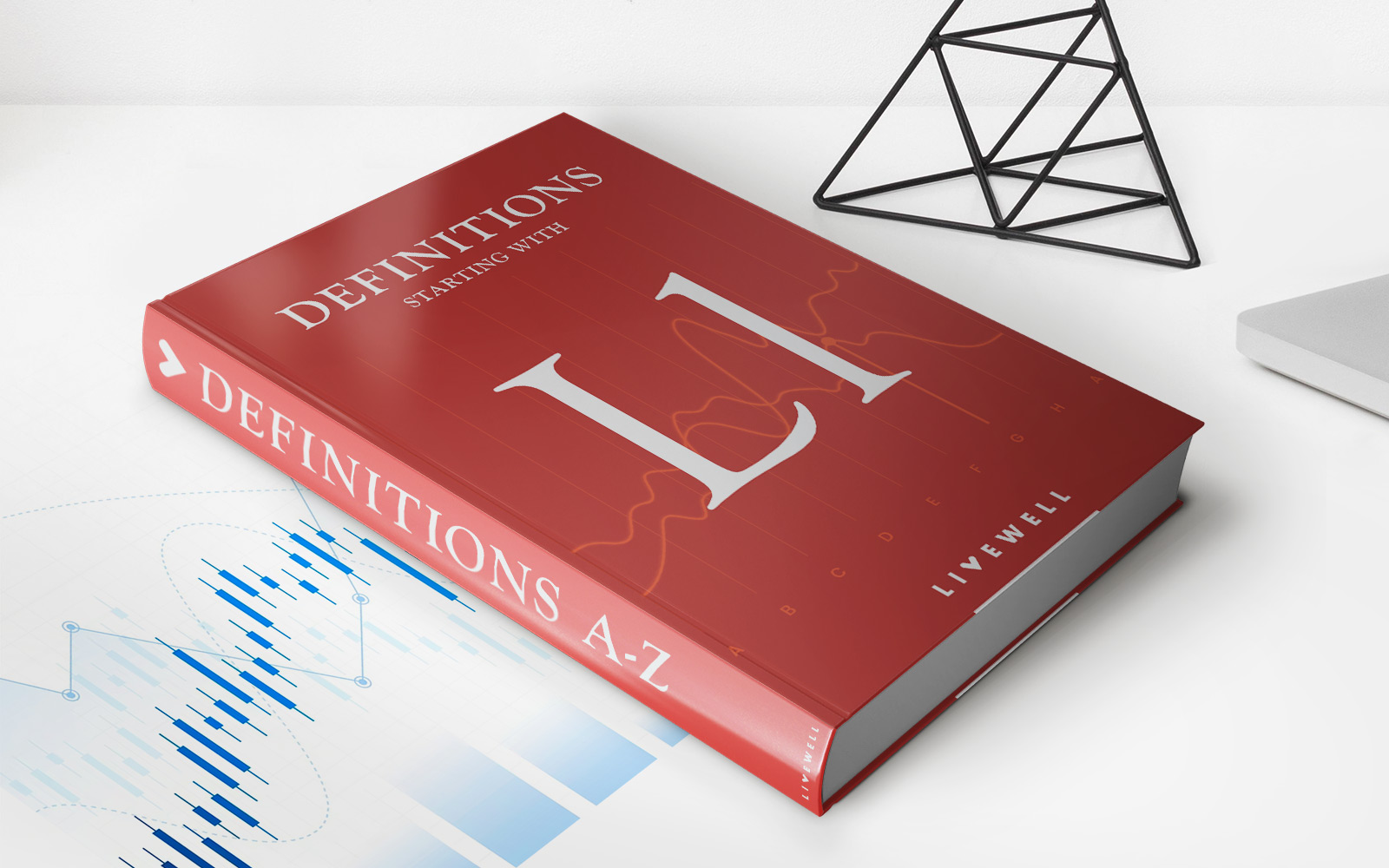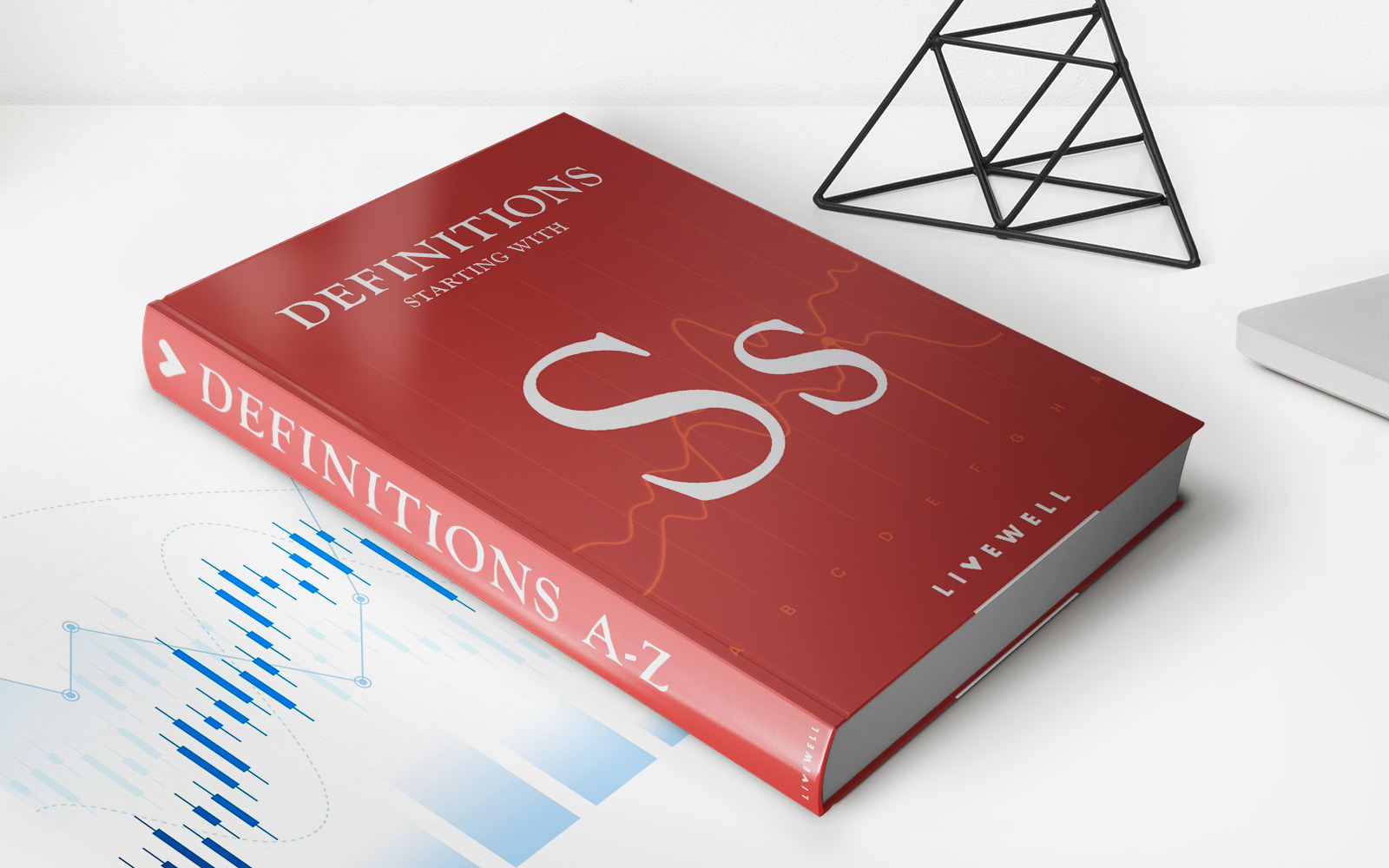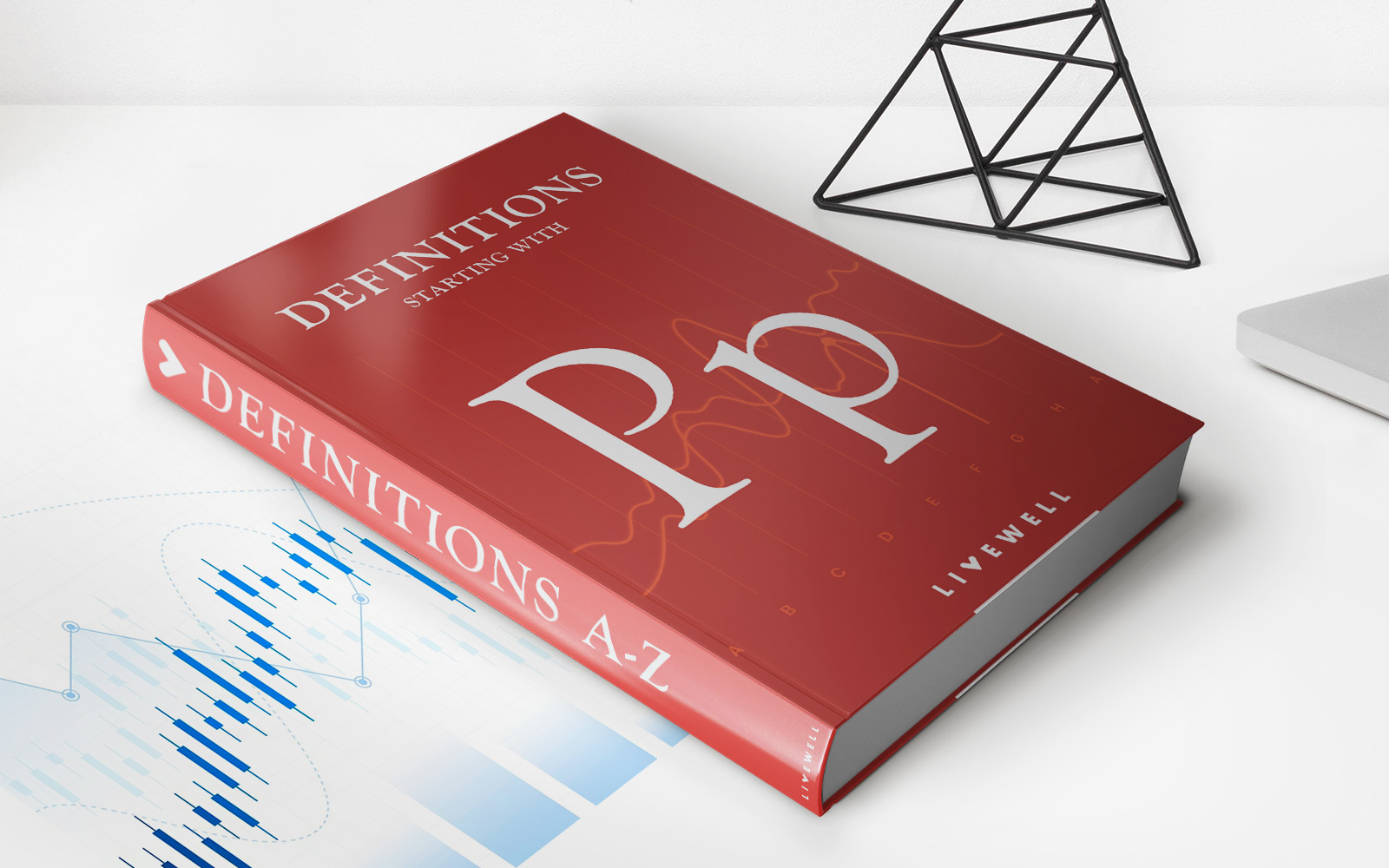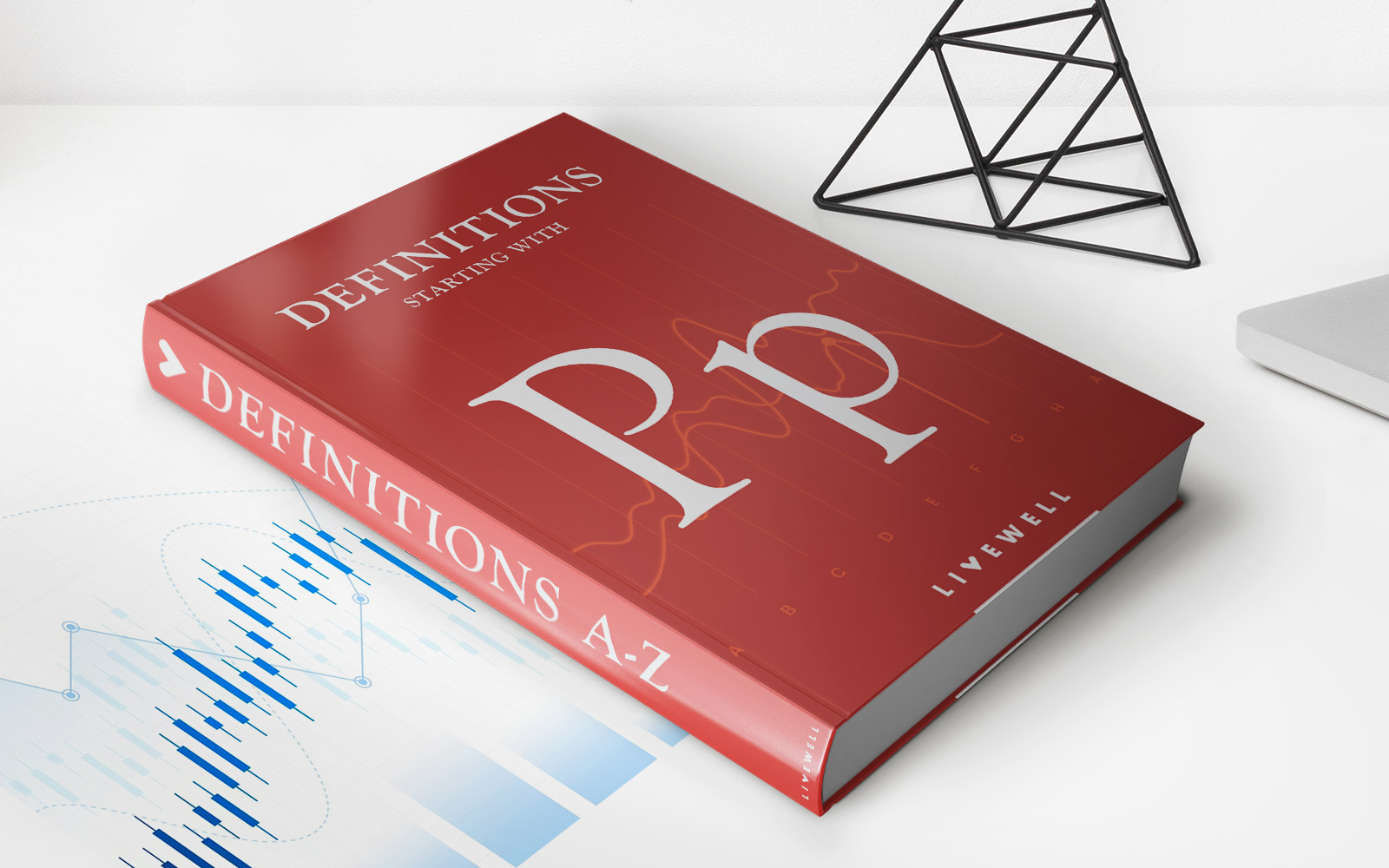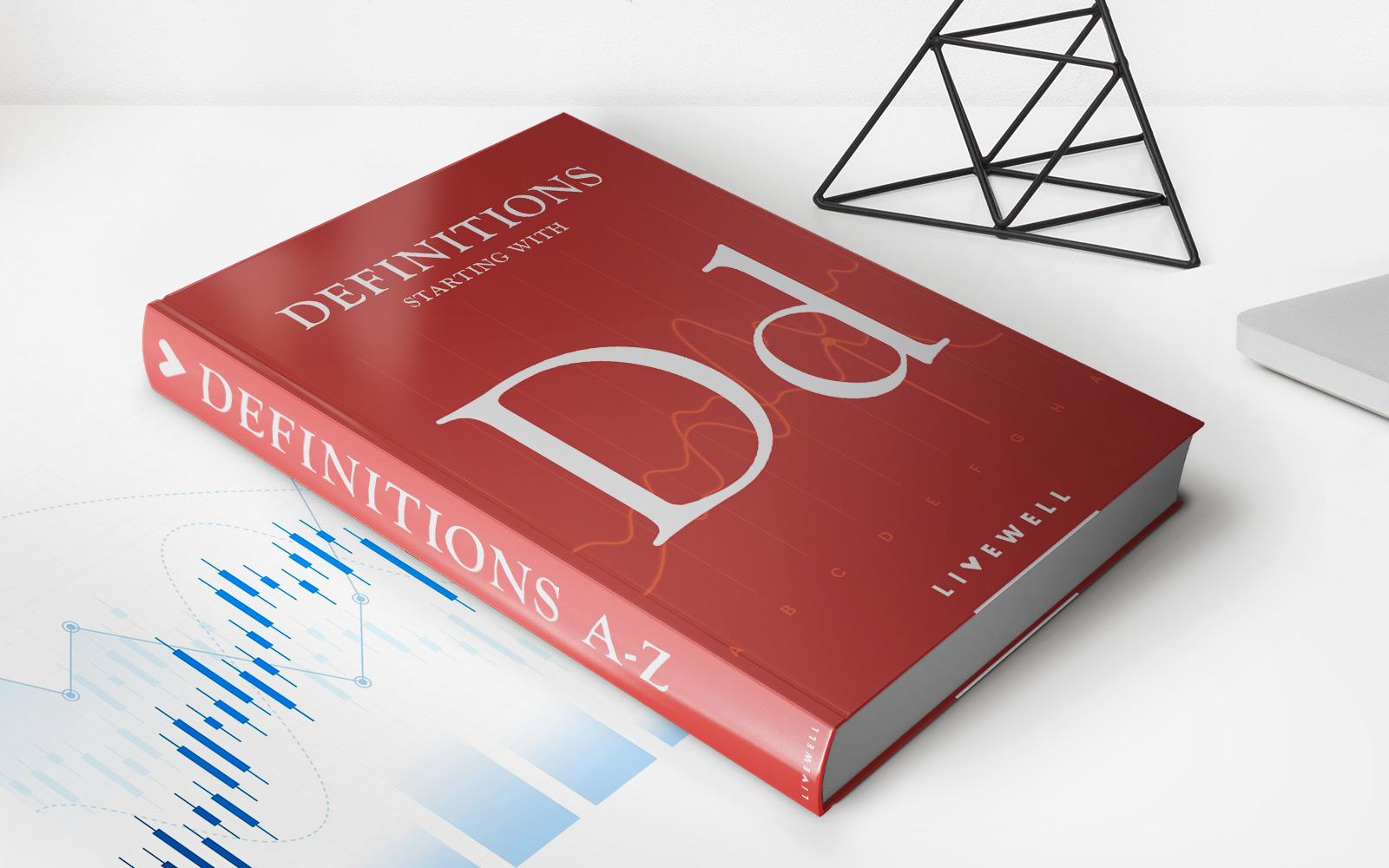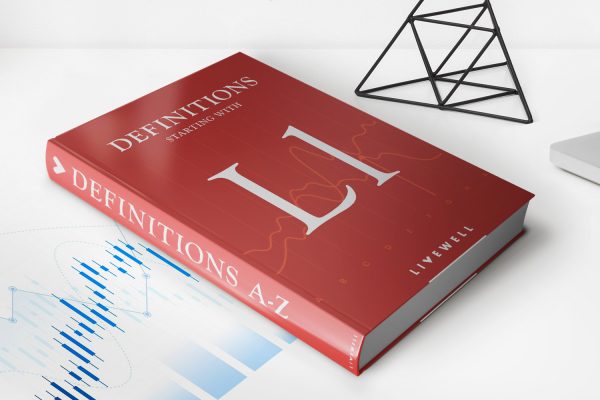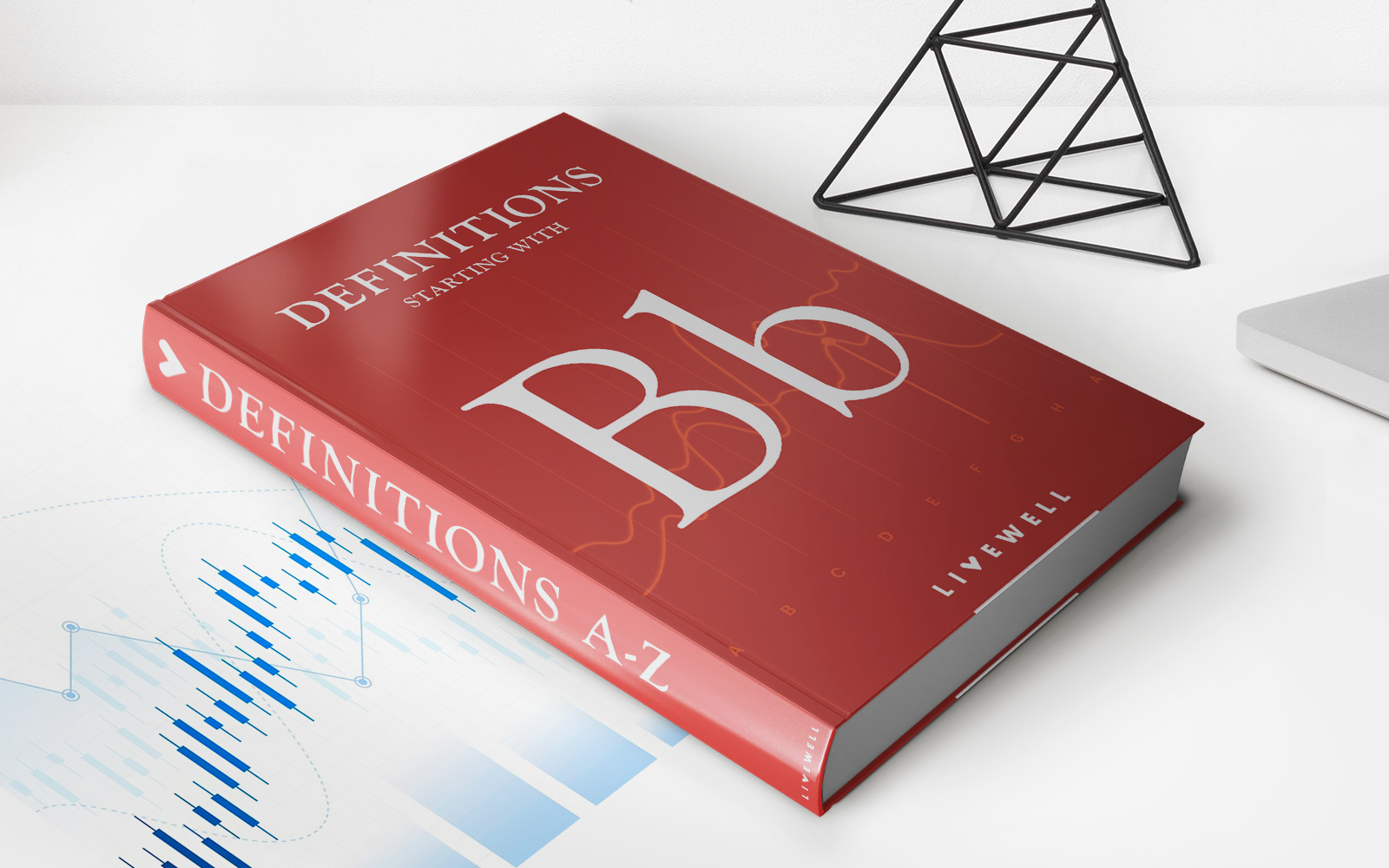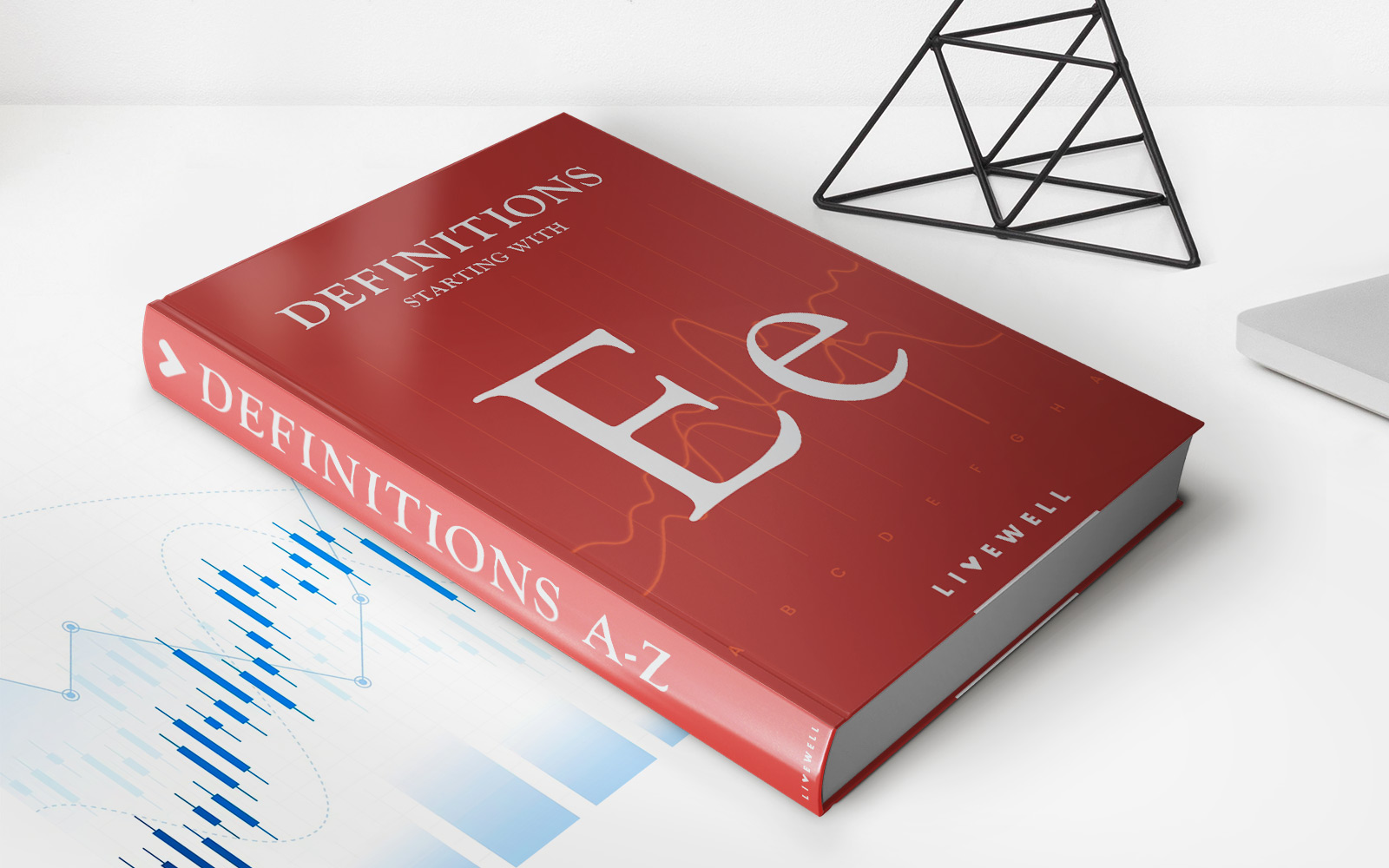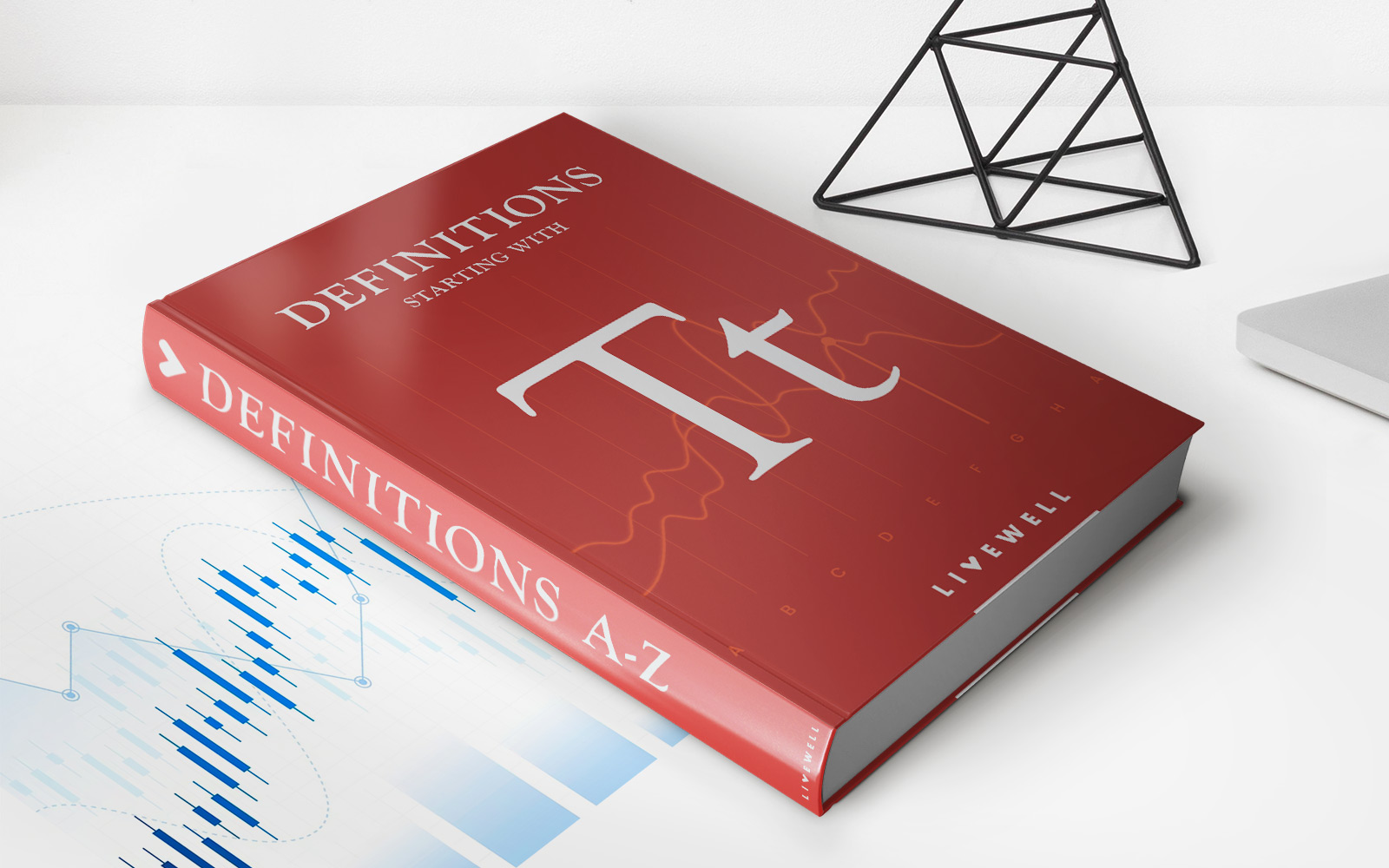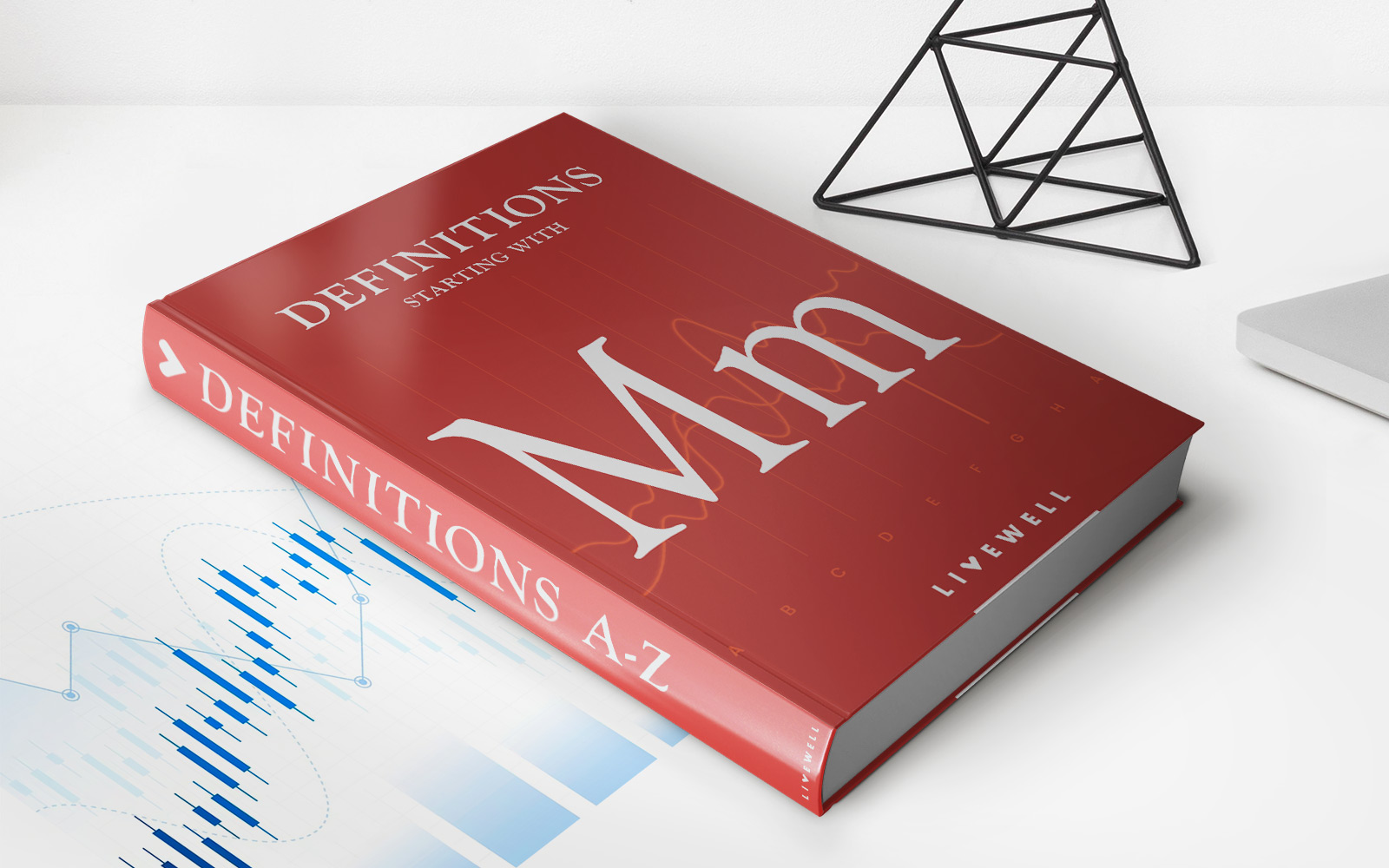Home>Finance>What Is COMEX? Definition, History, And Examples Of Metals Traded
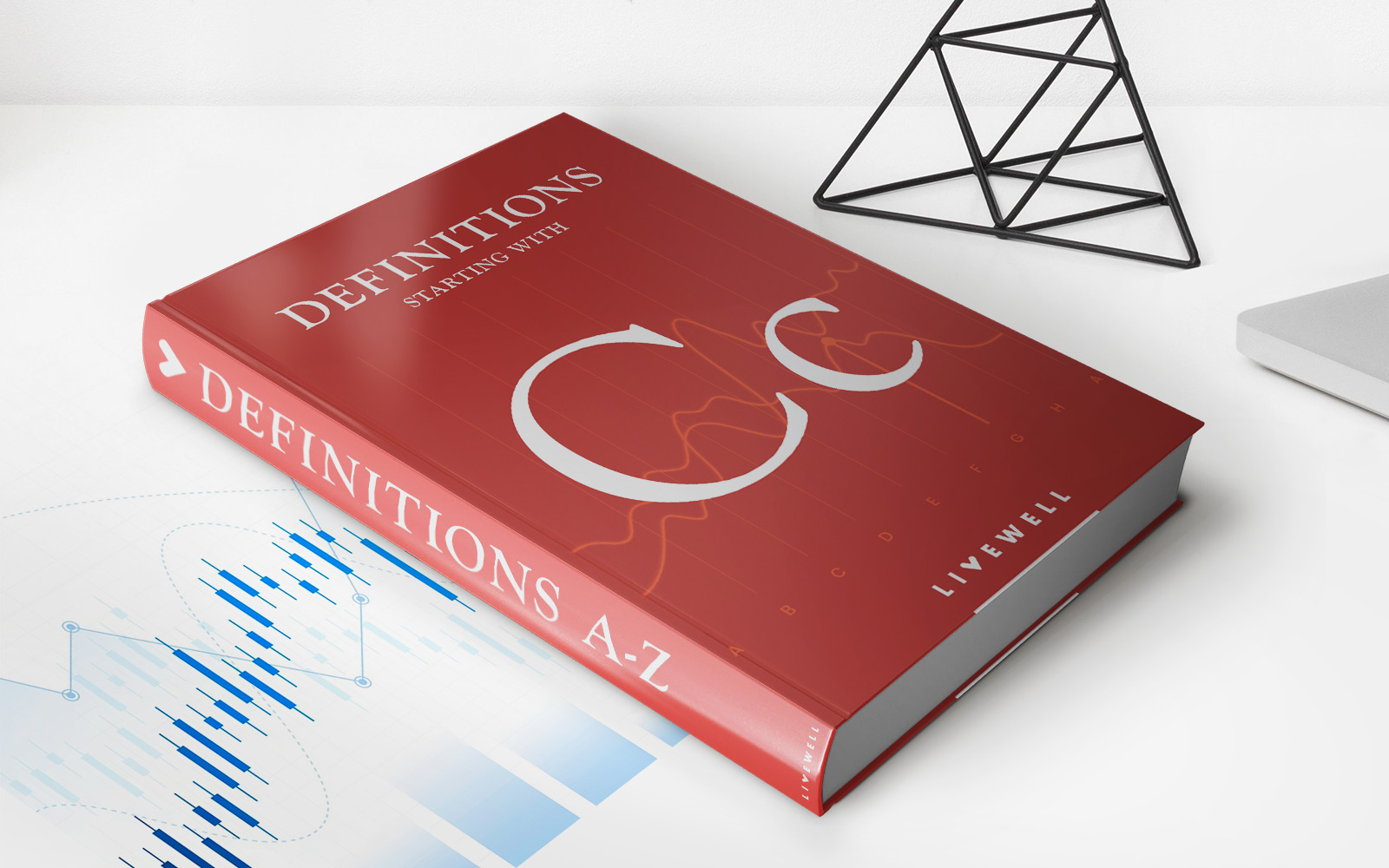

Finance
What Is COMEX? Definition, History, And Examples Of Metals Traded
Published: October 29, 2023
Learn about COMEX, the finance market for trading metals. Discover the definition, history, and examples of metals traded on this renowned platform.
(Many of the links in this article redirect to a specific reviewed product. Your purchase of these products through affiliate links helps to generate commission for LiveWell, at no extra cost. Learn more)
What Is COMEX? Definition, History, and Examples of Metals Traded
When it comes to finance, there are various investment opportunities available. One popular avenue is commodity trading, and one of the leading commodity exchanges worldwide is the COMEX. But what exactly is COMEX, and how does it contribute to the world of finance? In this blog post, we will explore the definition of COMEX, delve into its history, and provide examples of the metals traded on this exchange.
Key Takeaways:
- COMEX is a prominent commodity exchange known for trading metals, with a focus on gold and silver.
- It plays a vital role in determining global metal prices and serves as a benchmark for international markets.
Definition of COMEX
COMEX, short for Commodities Exchange, is a division of the New York Mercantile Exchange (NYMEX) and is responsible for trading precious and base metals futures contracts. It operates as a centralized marketplace where traders can buy and sell various commodities, predominantly gold and silver, but also copper and aluminum. The exchange provides a platform for participants to hedge against price fluctuations or invest/speculate on the future prices of metals.
History of COMEX
The history of COMEX dates back to 1933 when it was originally established as the Commodity Exchange Inc. However, it was the merger with NYMEX in 1994 that propelled COMEX into its current position as a leading global commodity exchange. This merger brought together two powerhouse exchanges, allowing for a broader range of products and greater market access.
Over the years, COMEX has transformed and adapted to the changing landscape of the financial industry. The introduction of electronic trading in 2000 revolutionized the way commodities are bought and sold. Today, it operates as an electronic marketplace, facilitating trades 23 hours a day, Sunday through Friday.
Examples of Metals Traded on COMEX
While COMEX covers a range of commodities, it is widely known for its trading of metals. The following are examples of metals that are actively traded on COMEX:
- Gold: Often seen as a safe-haven investment, gold is traded on COMEX under the ticker symbol “GC.” It serves as a store of value and a hedge against inflation and financial instability.
- Silver: Like gold, silver is a precious metal that attracts investors seeking a safe place for their capital during uncertain times. Trades for silver futures on COMEX are done using the ticker symbol “SI.”
- Copper: As a base metal, copper has widespread use in industrial applications. COMEX offers copper futures contracts, allowing traders to speculate on future price movements. Copper trades on COMEX with the ticker symbol “HG.”
- Aluminum: Similar to copper, aluminum is a prevalent base metal used in various industries. Traders interested in aluminum futures can do so through COMEX, indicated by the ticker symbol “AL.”
These metals, among others, are traded on COMEX, making it a crucial marketplace for global price discovery and risk management in the metals industry.
The Role of COMEX in Global Finance
COMEX plays an essential role in global finance by providing a transparent and regulated environment for commodity trading. It serves as a benchmark for metal prices globally, influencing pricing decisions across industries and acting as a reference point for traders and investors.
Additionally, the COMEX marketplace offers participants opportunities for risk management, allowing companies to hedge against potential price fluctuations affecting their businesses. Hedging strategies are common in industries where metals play a significant role in production or where companies have exposure to price volatility.
In Conclusion
COMEX is a significant player in the world of finance, particularly in the field of commodity trading. Its role in providing a platform for metals trading, determining global prices, and facilitating risk management cannot be understated. By understanding the definition, history, and examples of metals traded on COMEX, investors and traders can gain valuable insights into this notable commodity exchange.
